Our Stories
Philanthropy is a process of discovery. Supporters and scholars learn and grow together. These stories illustrate the meaningful relationships that enrich our campus community and beyond.
Discover what inspires our community of supporters.
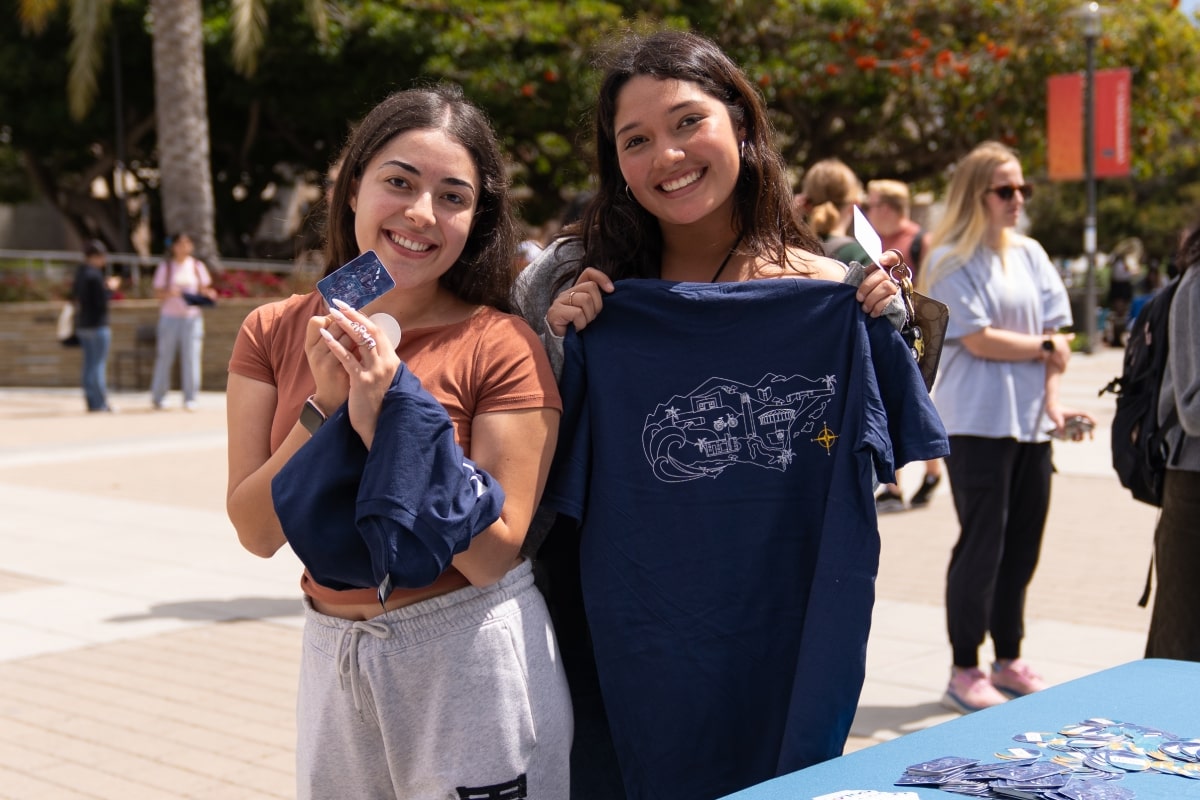
The Magic Number
Through Give Day, UCSB raises support for campus, engages alumni and models philanthropy for current students. It’s an opportunity for areas to rally alumni, friends, parents, staff and faculty. On April 10, the Gaucho community celebrated our sixth annual UCSB Give Day! Donors made 3,712 gifts — a 5% increase over last year — and raised $6,661,690 for the programs and opportunities that make UC Santa Barbara a top public university.
Continue Reading The Magic Number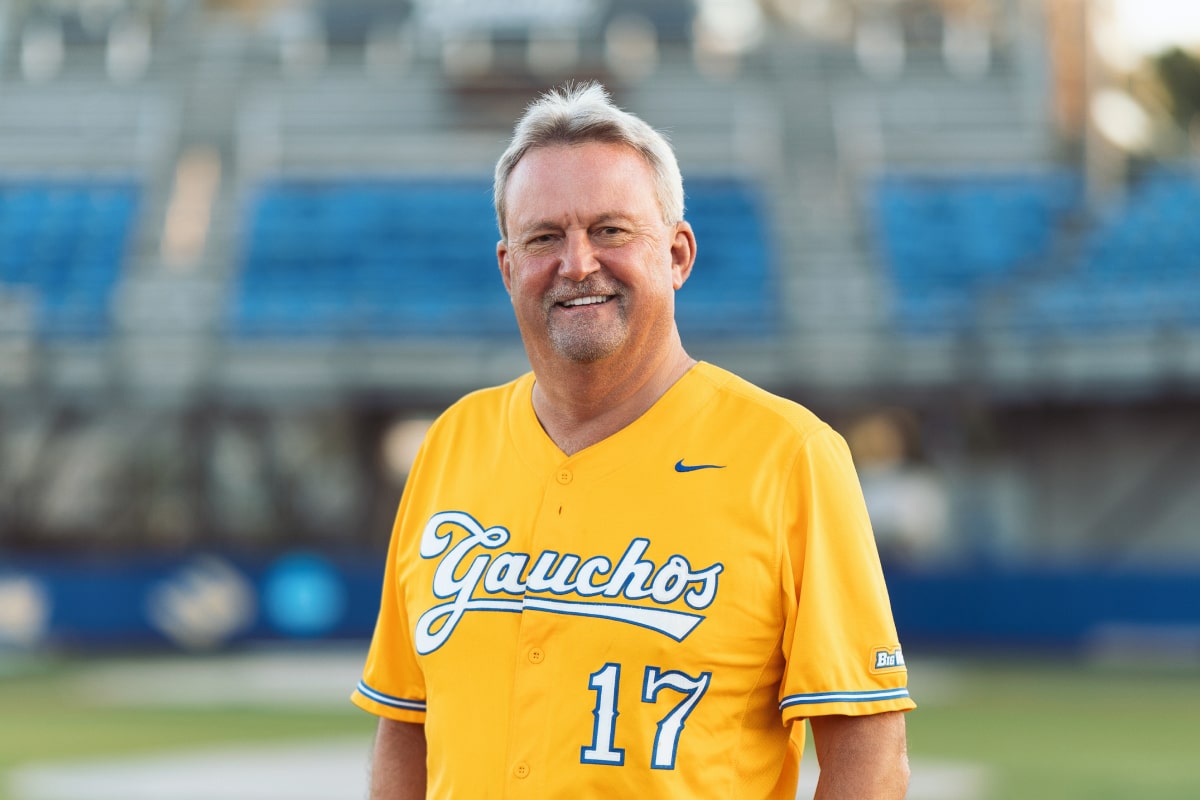
"Chomaha!"
John Davis (JD) ’82,’84 passionately supports UC Santa Barbara Baseball as a trustee and long-time advocate. He launched the Chomaha Fund in 2021 to strengthen community support and designated a bequest to ensure the program's future. His efforts have expanded the team’s donor base, improved facilities, and helped UCSB Baseball achieve success, including multiple Big West Championships and NCAA appearances. JD’s legacy gift and mentorship continue to impact players.
Continue Reading "Chomaha!"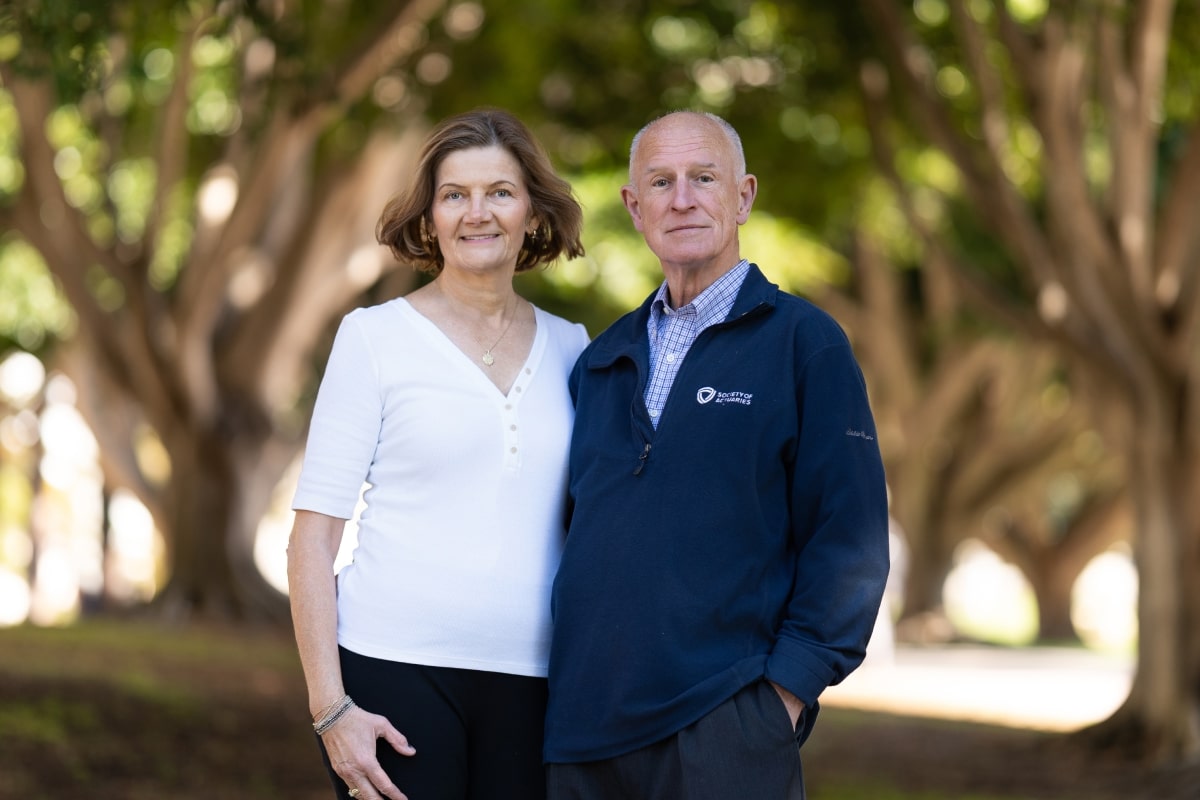
A Founding Innovator
Dr. Ian Duncan has created and sold multiple healthcare data analytics companies. With the proceeds, he established an endowed chair for the UCSB Department of Statistics and Applied Probability. He is a founding member of the UC Santa Barbara Innovators Circle, a network of entrepreneurs who share expertise and take a pledge to support campus.
Continue Reading A Founding Innovator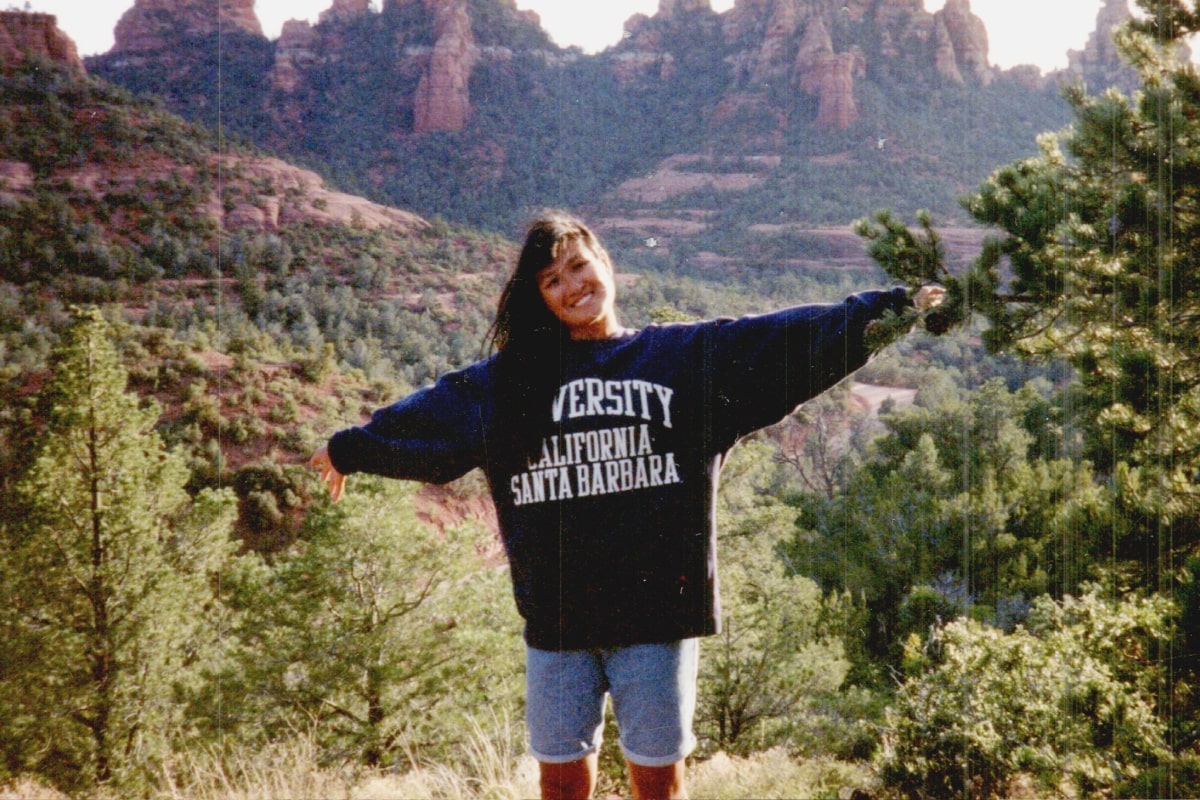
An Intellectual Home
Jennifer Ho ’92 found her future in UC Santa Barbara's Asian American studies classes. She is now the director of the Center for the Humanities & the Arts at the University of Colorado Boulder, where she teaches classes on Asian American culture and Critical Race Theory. Jennifer hopes her bequest to the UCSB Department of Asian American Studies will provide stability and flexibility for the department.
Continue Reading An Intellectual Home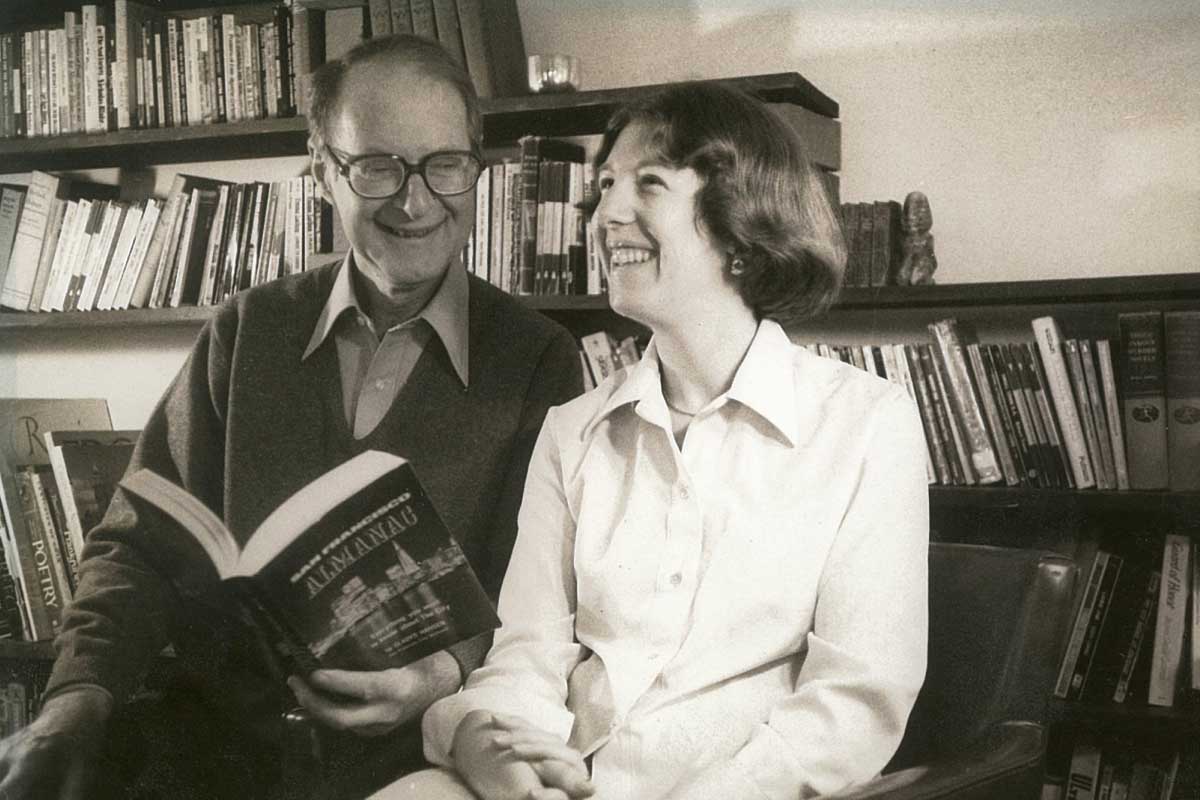
A Legacy of Inquiry
Ann Fingarette Hasse created the Leslie S. and Herbert Fingarette Endowment to honor her parents and support UC Santa Barbara philosophy graduate students, enabling them to present research at conferences. Her gift continues UCSB Professor Herbert Fingarette’s legacy of curiosity-driven scholarship. Ann’s endowment fosters the same intellectual exploration that her father championed.
Continue Reading A Legacy of Inquiry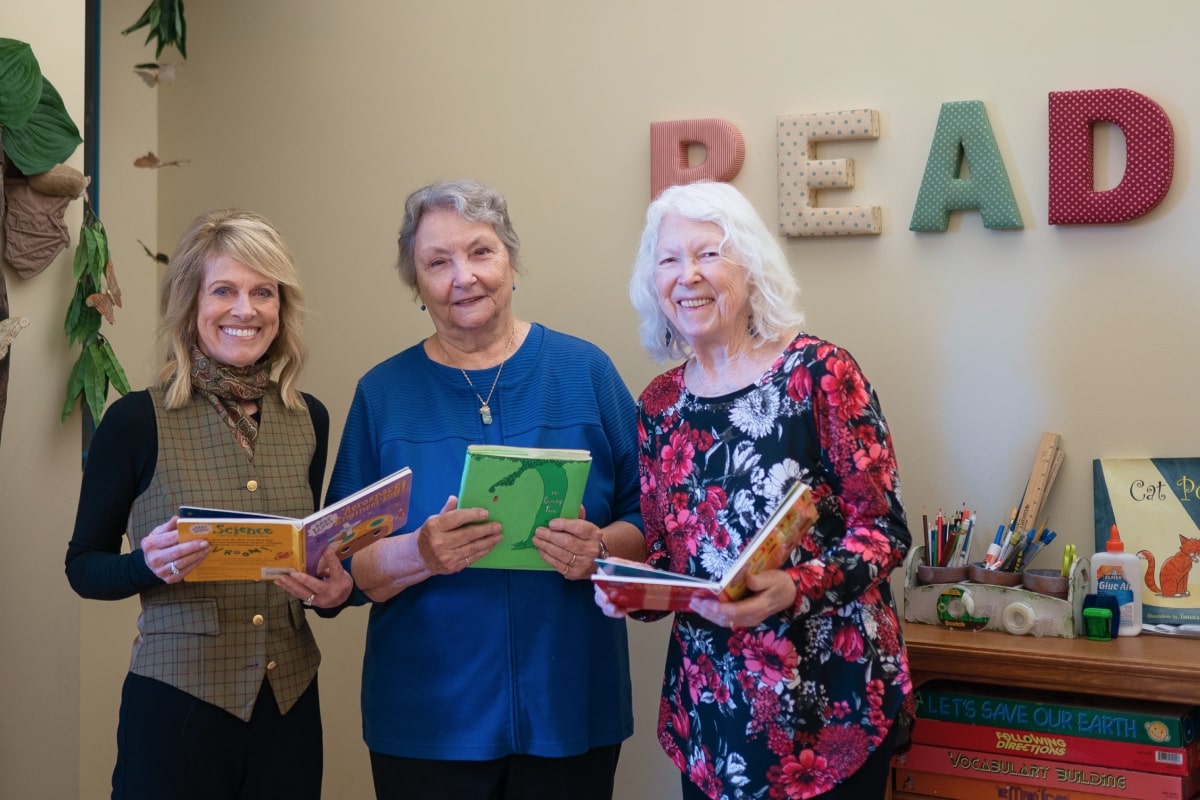
Literacy Luminaries
Professor Emerita Carol Dixon founded the UCSB Reading Clinic in 1973 and mentored many students whose impact has rippled throughout the classrooms and communities they served. Of these students, two accomplished educators — Ann Kaganoff ’75,’81 and Tina Hansen McEnroe ’89 — have joined Carol in philanthropic commitments to shape the work of literacy education at the Gevirtz Graduate School of Education.
Continue Reading Literacy Luminaries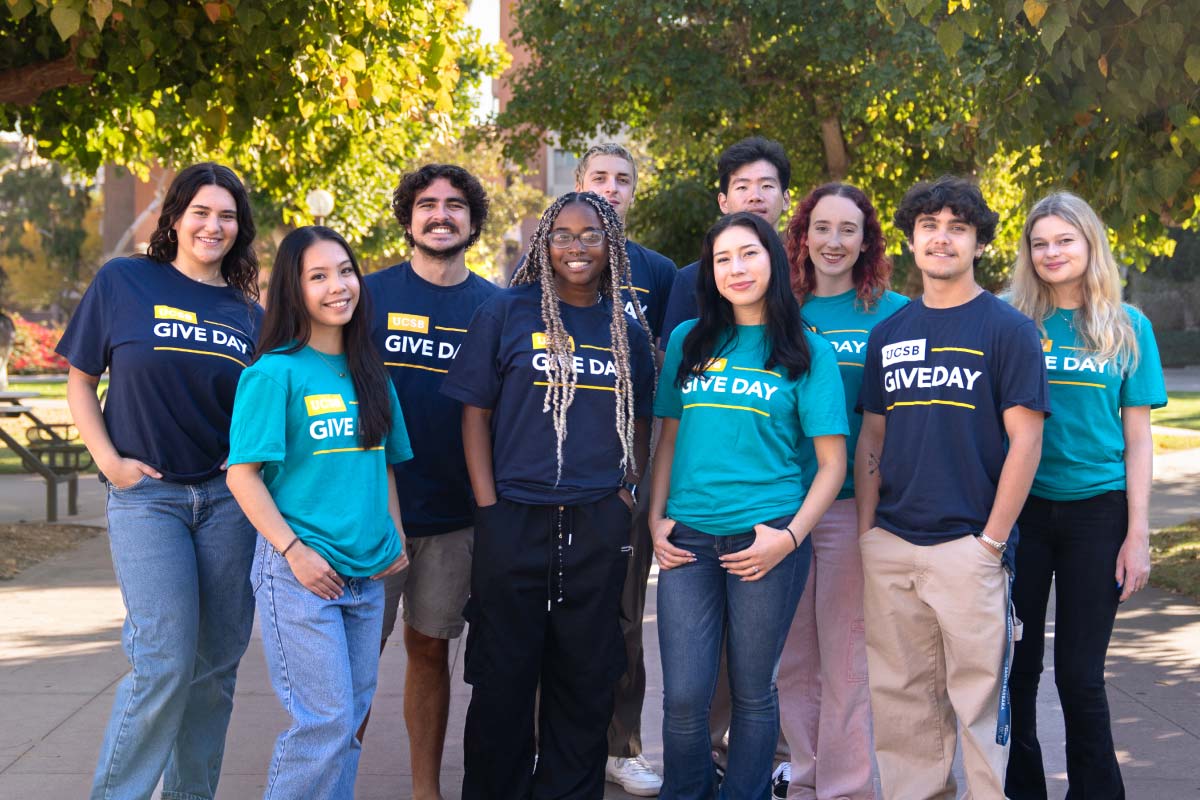
High Five
The UC Santa Barbara community collectively raised $6,511,450 through 3,537 gifts on UCSB Give Day 2024, breaking all records and solidifying its place as a celebrated campus tradition. When the clock struck midnight on April 11, the excitement began. The following 36 hours passed in a rush of generosity and camaraderie. Alumni, parents and friends set the tone with matching gifts and participation challenges.
Continue Reading High Five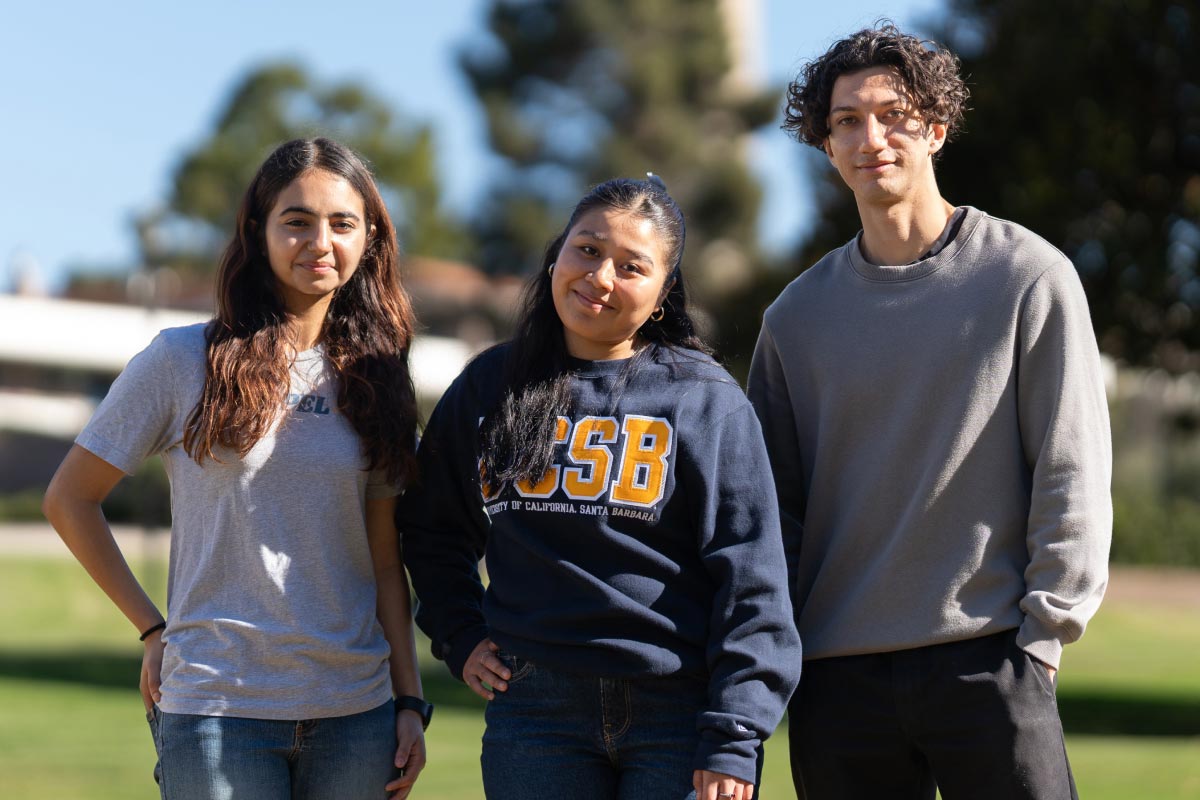
The Highest Ideals
Laura Cox ’83 and Jay Cohen ’84 support the university through philanthropy and leadership in the Division of Social Sciences. Their efforts focus on creating educational opportunities and promoting social equity, particularly through the PROPEL Scholars Program, which aids first-generation students. The couple also supports The 2035 Initiative, which advances clean energy and environmental policy. Their involvement aims to help students thrive and advance public policy.
Continue Reading The Highest Ideals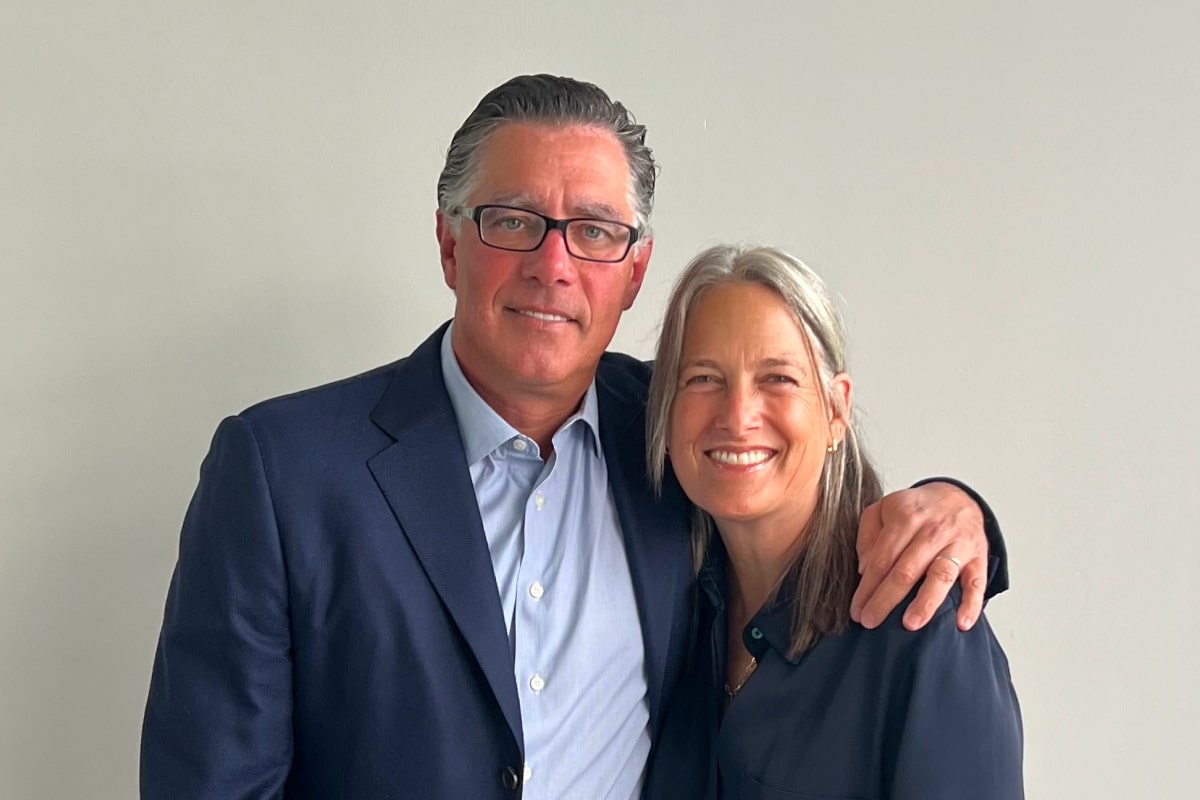
Find Your Focus
Jeff '89 and Kristin '88 Worthe have been instrumental in the development of Finding Focus, an app designed to help high school students improve attention and emotional regulation. Created by UC Santa Barbara’s Center for Mindfulness and Human Potential, the app applies mindfulness techniques to reduce stress and boost focus. The Worthes' support helped expand the program's reach and secure additional federal funding.
Continue Reading Find Your Focus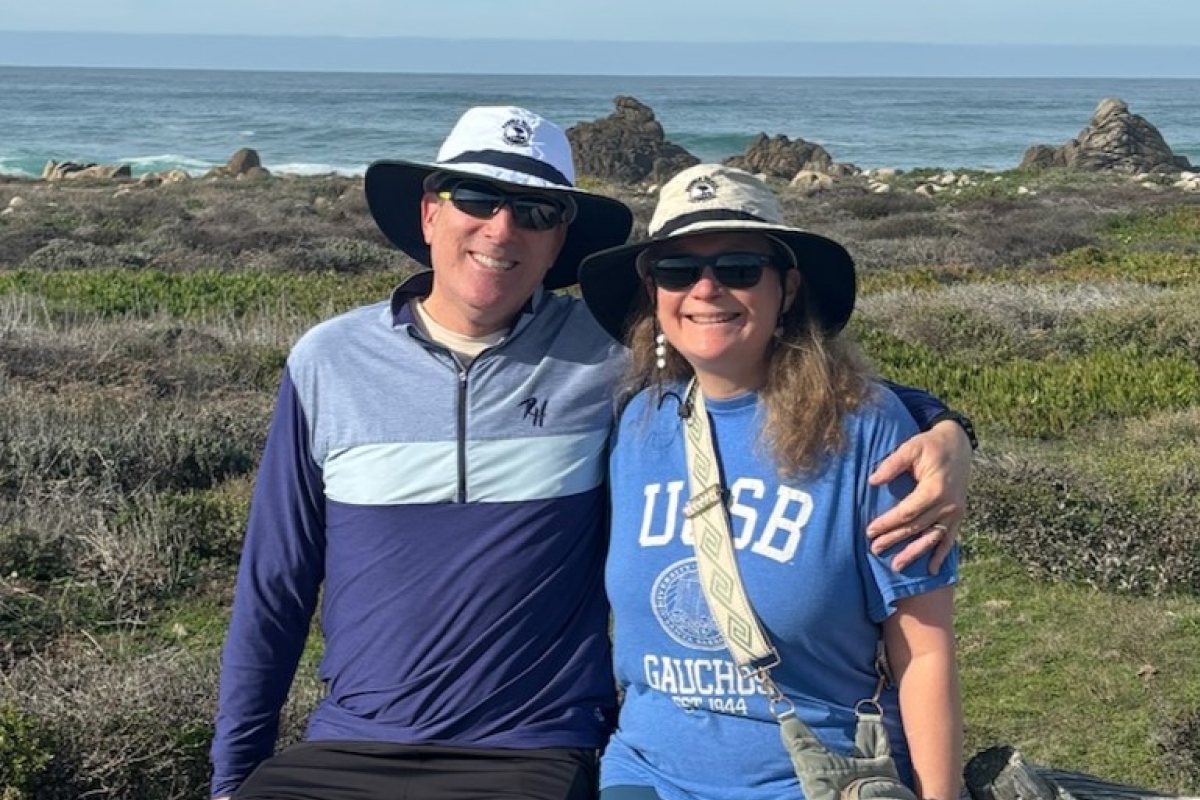
Environmental Excellence
Trustee Howard '82 and Lisa '82 Wenger have endowed the Wenger Family Chair in Environmental Sustainability to support research and faculty in environmental studies. Their commitment to clean energy began during their time as students, and they have continued supporting the university through the creation of the Manalis Environmental Leadership Fund and a scholarship for sustainable energy.
Continue Reading Environmental Excellence
Making Waves
Longtime philanthropic leader and heart-led environmentalist Betty Elings Wells H’10 has long been dedicated to preserving and expanding access to open spaces at UC Santa Barbara and beyond.
Continue Reading Making Waves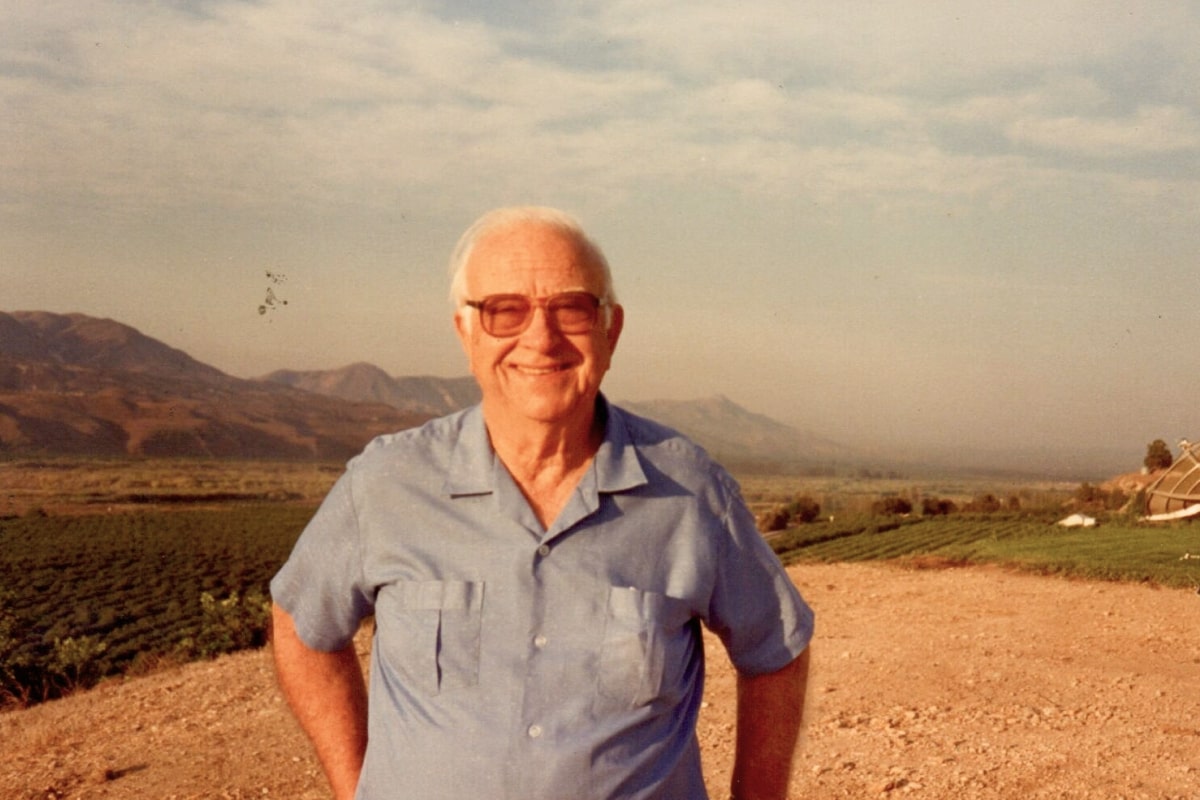
How to Nourish a Community
The late entrepreneur James Jimenez was a key player in the Mexican food industry and a lifelong advocate for education. He created the James Jimenez Scholars Endowment to provide financial support to undergraduate students from underserved schools, with a preference for those from his local Fillmore High School.
Continue Reading How to Nourish a Community
The Global Campus
Ernie and Leslie Zomalt’s transformative international experiences at UC Santa Barbara inspired their lifelong dedication to global education. They established and endowed the Ernest and Leslie Zomalt International Education Fund to support students in UCSB's Education Abroad Program. Through their legacy gifts, the Zomalts ensure lasting support for future generations of international learners.
Continue Reading The Global Campus
A Vision for Campus
UC Santa Barbara has received a visionary commitment from The Arnhold Foundation that will elevate the work of the arts and humanities, UCSB Athletics, and climate research. Since 2005, the Arnholds have made leadership investments across the arts and humanities, athletics, environmental solutions and beyond. Their new commitment will deepen this work and permanently shape UC Santa Barbara.
Continue Reading A Vision for Campus
Boosting Energy-Efficient Research
Dr. John Bowers, director of UC Santa Barbara’s Institute for Energy Efficiency (IEE), has committed a legacy gift to support graduate students with the aim to expand research in energy efficiency. Since 2008, IEE has pioneered innovations in areas like data transmission, sustainable agriculture, and LED technology to improve energy use worldwide. Bowers' support will empower more students to contribute to the institute’s goal of creating a sustainable future.
Continue Reading Boosting Energy-Efficient Research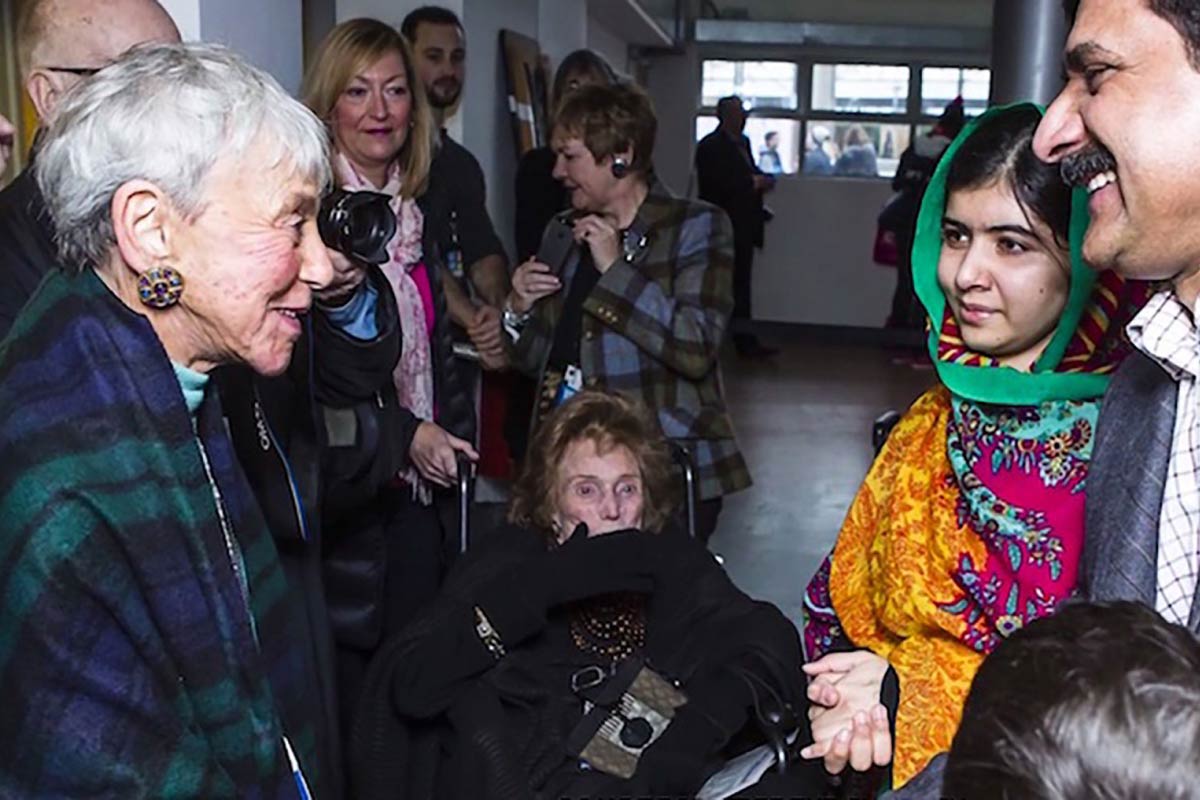
A Common Human Language
Eva Haller’s connection to UC Santa Barbara spans over 40 years, marked by her generosity, service, and commitment to social justice. A survivor of the Nazi occupation of Hungary, she moved to New York as a young undocumented immigrant. After establishing a successful communications company, she joined the UC Santa Barbara Foundation Board of Trustees in 1985. Eva and her husband, Yoel, have supported the numerous campus initiatives such as Arts & Lectures and the Art, Design & Architecture Museum.
Continue Reading A Common Human Language